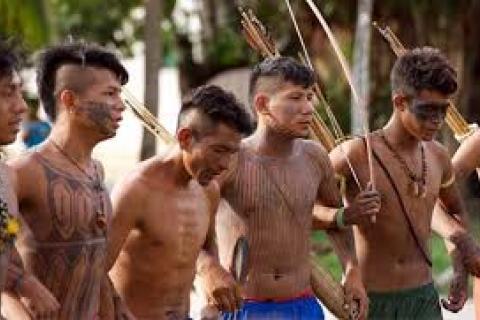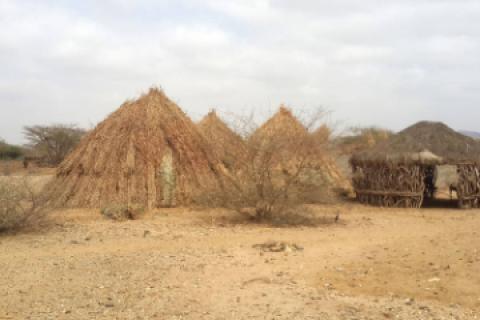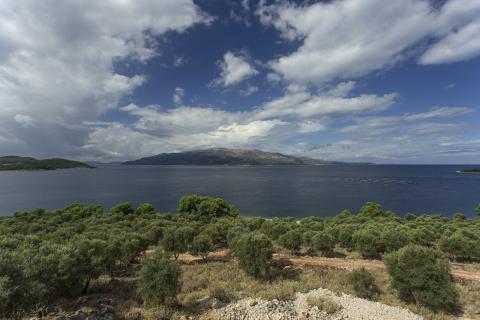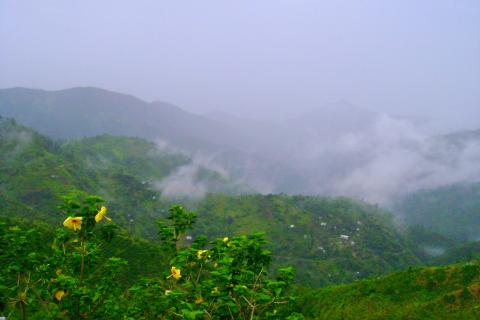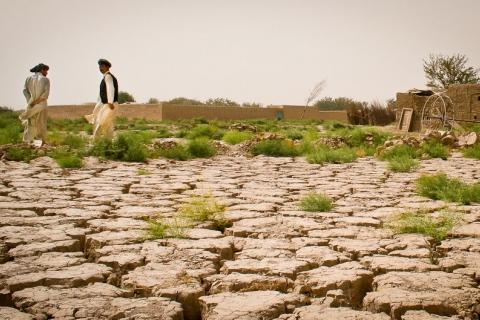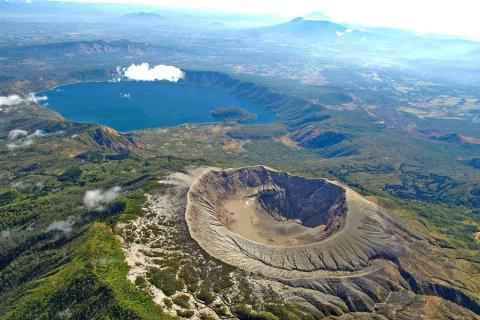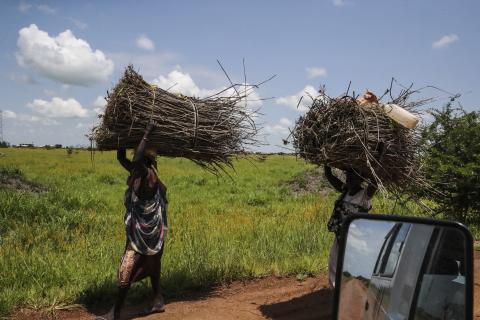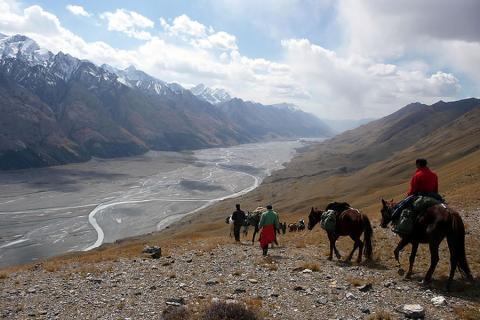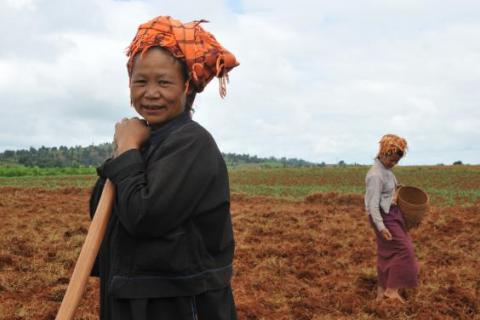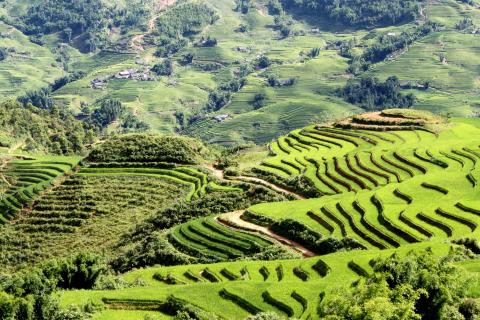El Salvador
<p>El Salvador is a small, densely populated country that experienced a decade of civil war, after which a process of development ensued, including the diversification of exports and increasing access to services such as education
South Sudan
<p>Since its independence from Sudan in 2011, the new state of South Sudan is experiencing political and economic instability. The country is made up of 10 states with a population of roughly 10 million people, while 3 million
Kyrgyzstan
<p>Since Kyrgyzstan became independent in 1991, the government started investing in the agricultural sector for the economic growth of the country. State owned enterprises were abolished in favor of smallholder enterprises.</p

